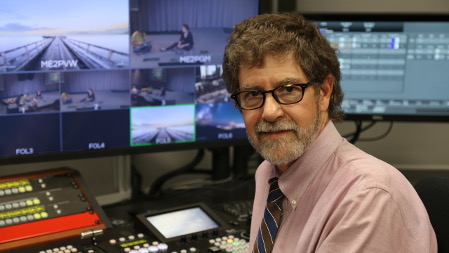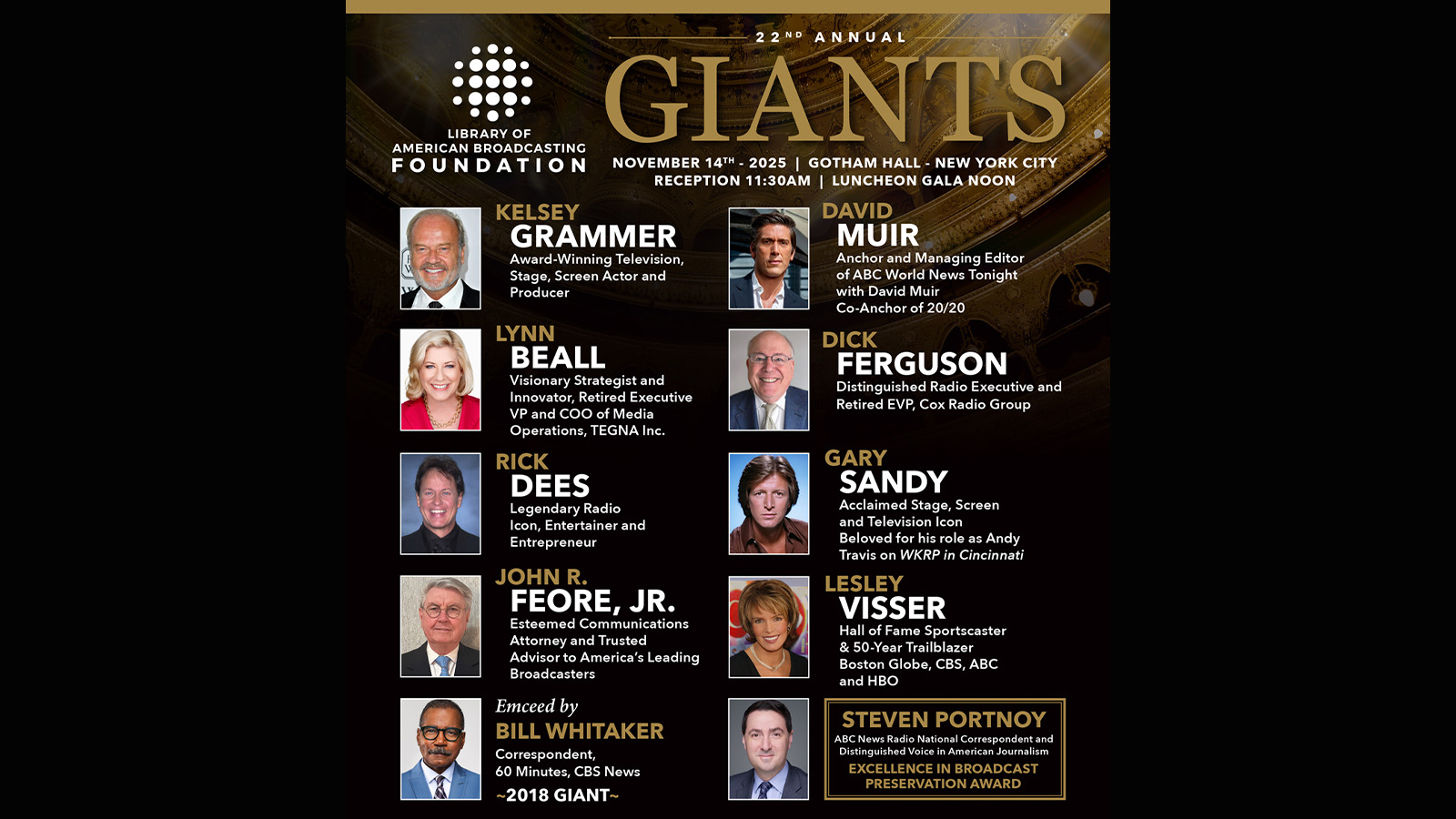Advanced Systems Group Marks 20th Anniversary
EMERYVILLE, CALIF.—Advanced Systems Group is an Emeryville, Calif.-based systems integrator celebrating its 20th anniversary this year and is known for being one of the largest installers of post-production and shared storage systems on the West Coast. TV Technology recently talked with company President Dave Van Hoy to discuss how systems integration has evolved over the last two decades for broadcasters.
TV Technology: What prompted you to start ASG in 1997?

Dave Van Hoy: I wanted to buy a prominent professional audio company in Northern California, but Rosemary Rodd, my friend and a tremendous business mentor, convinced me to start my own company. The business plan was centered on the brand-new DVD authoring marketplace, which was very complicated and expensive at the time.
My premise was that if we invested in the technology and became the industry experts, we could build our business around that and dominate the marketplace. As it turned out, that’s exactly what happened. As we built relationships within the industry, we expanded our focus and became a full-service production and post-production VAR.
We also got lucky. One of the early DVD authoring pioneers, Spruce Technologies, was acquired by Apple in 2001. Their software eventually became DVD Studio Pro. We were close with the Spruce team and we became the first Apple Pro Video VAR. That led us to expand our work with Xsan and other storage systems—and by 2008, we were one of the largest SAN installers in the western United States.
TVT: What have been the biggest changes to broadcast news workflows in the past 20 years?
DVH: By far the biggest change I’ve seen in news workflows was the move away from physical recording mediums. It revolutionized how news was done and was a catalyst for the adoption of IT-centric equipment. The movement began in earnest 15 years ago and really gained steam about 10 years ago. The other major change to broadcast news workflows was the implementation of newsroom control systems, which couldn’t have existed without these file-based workflows.
Get the TV Tech Newsletter
The professional video industry's #1 source for news, trends and product and tech information. Sign up below.
The seminal moment for us at ASG was when we helped KCBS/KCAL move from Columbia Square to the CBS Studio Center in Los Angeles. The stations were designed around all file-based digital workflows with one fundamental rule: no tape in the new building. Looking back now, that was a game-changer.
TVT: What have been the major changes in TV news studios?
DVH: Over the past 20 years, there have been three major changes to TV news studios. First, there’s been a move to low-energy lighting, which started with fluorescent fixtures and now includes LED. This has significantly reduced AC and power requirements while allowing more flexibility on the set.
The down-market trend of cameras has also been important. It doesn’t take a $150,000 camera to produce quality images in the studio for a news broadcast anymore. That’s been a big change in the ability to create a great looking product, particularly for smaller market stations.
Finally, camera robotics has brought tremendous change to broadcast news because the technology has effectively removed camera operators from the studio. They’re using robotics even in the smallest markets. For the studio operator, it’s a huge cost savings.
TVT: How disruptive was the industry’s upgrade to HD, and will 4K (UHD) be as disruptive to broadcasters when ATSC 3.0 is adopted?
DVH: We all know HD was tremendously disruptive in many ways. Remember, for many broadcasters, the DTV transition was more than a move to HD. It was also a repack required by the FCC that moved many stations to new digital channels.
The move to ATSC 3.0 will be far less traumatic than the move to HD. When stations were operating in SD, they could get away with a simple composite or component infrastructure. That wasn’t an option for a plant with HD; an SDI infrastructure was required because there was no other way to distribute HD signals. Today, the vast majority of stations already support a 3G-SDI infrastructure, which can support UHD signals, and many have adopted IP-based workflows. There will still be work to do, especially if broadcasters want to introduce data services and explore other revenue opportunities, but it should be a less painful process.
When it comes to UHD, I’m not sure there’s a value proposition for local news. The move from SD to HD was dramatic for newsrooms, but will UHD significantly improve shots of an anchor behind the desk or man-on-the-street interviews? Sports and other fast-moving programming definitely benefit from UHD—and maybe you can make a case for improved weather graphics—but I just don’t think the transition from HD to UHD is going to be that compelling for most local news viewers.
TVT: How significant was the move from tape-based workflows to file-based workflows for ENG?
DVH: Talk about a difference—with today’s high-quality codecs and improved telecommunication infrastructures, news crews are able to send footage back from the field as a file. That alone is a tremendous benefit because it provides production flexibility. Companies like TVU Networks provide truck-like functionality through an IP-based mobile uplink housed in a backpack. The idea that you can send live HD video back to the studio over bonded cellular modems is pretty amazing.
Tape didn’t die, it’s just moved from the front end to the back end of the process. In fact, it’s a very big part of broadcast news workflow, but its function has changed from acquisition to long-term storage. LTO tape provides the least expensive, most dense storage on the market. It’s used by virtually every broadcaster because it’s so inexpensive and offers a long, guaranteed lifespan.
TVT: Looking forward, what will be the next technological challenges for broadcasters?
DVH: I think certainly UHD is the next step for broadcasters, but we should also see the continuing evolution of OTT services that engage the user in many ways. Virtually everyone is a multiscreen viewer and stations have to compete against so many other options in the marketplace. At the end of the day, the broadcast business is still about selling ads and attracting audience, so stations need to continue to offer innovative programming and services that engage consumers.
